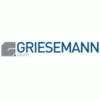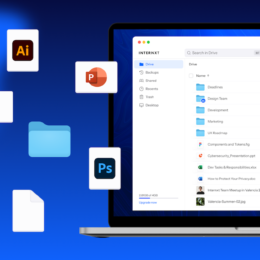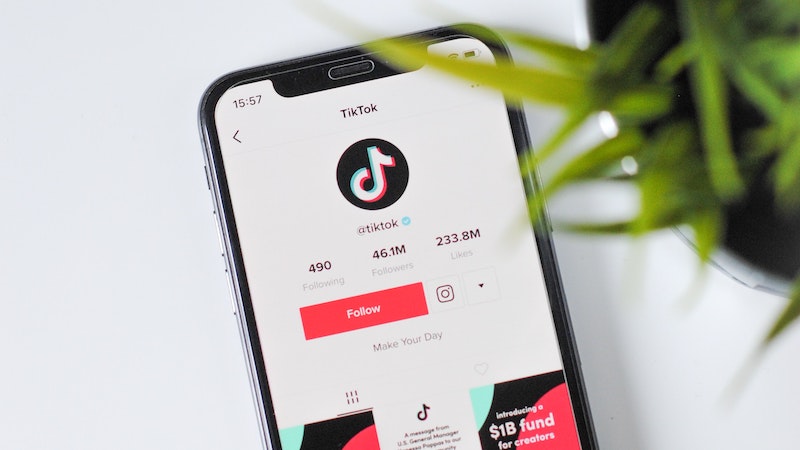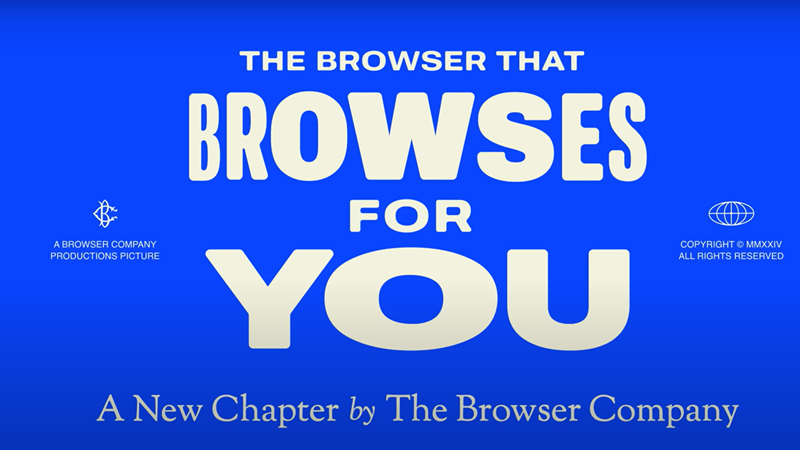grusel, was da MarktingSherpa über RSS, dessen Nutzung und die Contentproblematik aufzeigt:
Currently at least 75 million consumers and businesspeople in the USA and UK use RSS on a regular basis. However, depending on which study’s stats you believe, only 17-32% of RSS users actually know they’re using RSS.
That’s right — roughly 50 million regular RSS users would say, Huh? if you asked them what RSS was…
– – – – – – – – – – – – – – – – – – – –
A Nielsen//NetRatings study shows this demographic are not like prior RSS-fans. The first group, who we call orange-button-early-adopters, were more like Burpee’s Holland: the techies and cutting edge Web gurus. They were interested in the gizmo factor more than anything else. But, these are not people who tend to buy garden seeds or read USAToday avidly. These are not Holland’s mom. The new, now much-larger group, who we call the news-junkies, are exactly that: more typical consumers with an avid interest in news content. Perhaps they’re interested in general news — the kind of consumers who in the past would have skimmed the morning paper every single day. Or perhaps they have such a deep interest in one particular super-niche topic that they want to know when anything at all appears about it online.
– – – – – – – – – – – – – – – – – – – –
Whether it’s an ad or an entire feed, be sure to include your brand name within the headline of every feed. Why? Because according to Nielsen//NetRatings, although consumers using RSS wind up getting more news from a wider variety of sites than they had before, many attach the brand value of the content to the feed or reader itself, rather than the original source of the news. In other words, the RSS feed or reader becomes the primary brand while various publishers providing the mix of headlines contained within it see a reduction in brand value. They love their reader more than they love the particular brands within it. By including your brand automatically as part of every headline, you increase your visibility, fighting the trend toward being just another feed in the reader. Hmm, seems like we used to give identical advice to marketers launching email newsletters to brand their subject lines. How ever much the world turns, it winds up back in the same place.
Und empfehlenswerter Tipp von BL Ochman: Yahoo RSS nutzen!













